ASTRONOMY
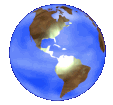
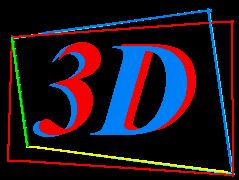
SLIKE
Za to stran ima največ zaslug Mitja Šiška, ki je izbrskal revijo.



Oglej si 3D posnetke Lune.
Nekaj posnetkov iz
http://www.nasm.edu/apollo30th/moontheater/anaglyph.html

Misija Apollo 12.
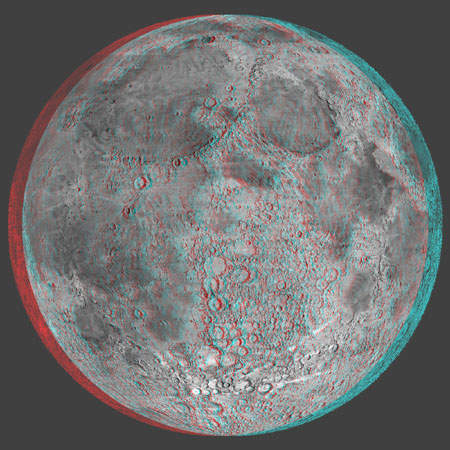
A computer generated 3-D globe of the Moon, based upon a USGS airbrush
map wrapped around a sphere. The Moon's dark "mare" areas are located
mostly on its near side, the side we can see from Earth.
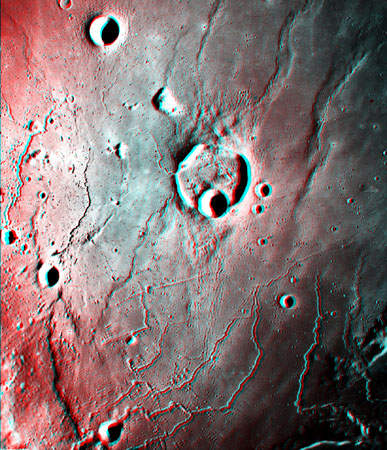
Much of the Earth-facing side of the Moon is covered in dark mare material
consisting of volcanic basalt rock. Shallow raised wrinkle ridges and
many winding sinuous rilles are evident in this photo. In the center
is the 14 mile (22km) diameter crater, Krieger. The north-east
trending sinuous rilles come from the direction of the Aristarchus
plateau just outside the lower portion of the photo. (Apollo 15
Metric camera stereo photo AS2478 & 2479, orbit 70)
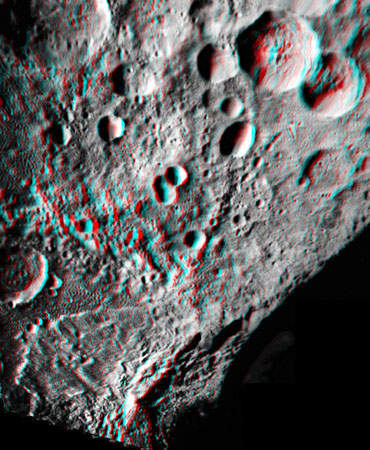
This is a computer-generated 3-D view of a digital elevation model,
with an ortho-image overlaid, that was extracted from an Apollo 15
Metric camera oblique stereo pair (AS-15-M3-1445 & 1446, orbit 35).
The outer western rim of Tsiolkovsky crater shows the remains of a
huge landslide. The stereo effect has been greatly exaggerated here
to enhance detail present in the feature.
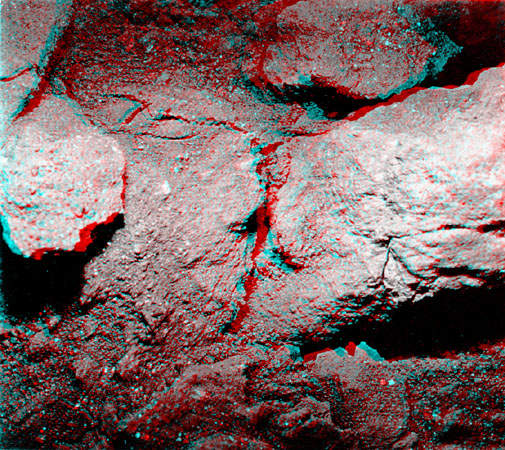
This is a close-up view of the surface containing small lunar rocks,
some of which are cracked. The Apollo 11 astronauts were equipped with
a "walking stick" containing a close-up stereo flash camera that could
photograph an area of the surface some 3x3 inches square (8x8 cm sq.).
The Moon's surface has been heavily pitted with micrometeorite craters
and covered by a layer of dust and debris from surrounding craters.
The soils were found to be very powdery and contained some small
shiny spherical particles.
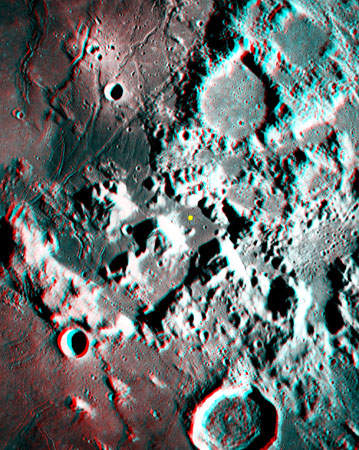
The yellow dot shows the landing site of Apollo 17 - the
last manned mission to the Moon. Apollo 17 landed on the floor
of a deep narrow valley containing dark soil. The valley is bounded
on three sides by highlands which form part of the eastern rim of the
Serenitatis basin. Using the lunar rover, the crew traveled 19 miles
(30km), a distance equivalent to the diameter of the partly buried
Littrow crater, found half-way between the center and the upper-right
corner of the photo. During the mission the astronauts discovered some
orange soil that turned out to consist of colored glass beads which had
been produced during volcanic eruptions. (Apollo 17 Metric stereo camera
photo AS-17-M-446 & 447, orbit 13/14)
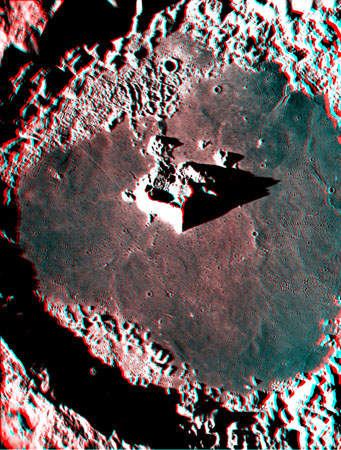
Some of the larger craters on the Moon have central peaks.
Central peaks are thought to be due to rebound from stresses
released after crater formation. Tsiolkovsky, the lunar far-side
crater shown here, is 115miles (185km) in diameter. Basaltic lava
has flooded the crater's floor giving it a dark smooth appearance.
Material from landslides can be seen around the edge of the floor.
(Apollo 15 Metric camera stereo photo AS 15-M3-2798 & 2799, orbit 74)
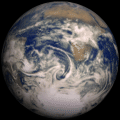
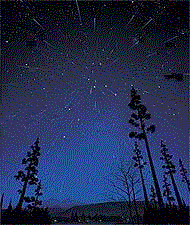
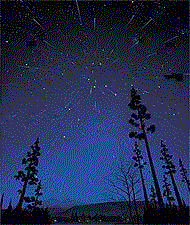
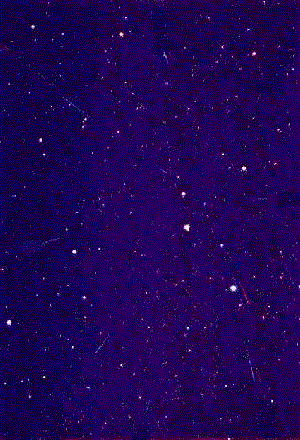
Za astronomski krožek: ZORKO Vičar
 RFC-822: Zorko.Vicar@guest.arnes.si
RFC-822: Zorko.Vicar@guest.arnes.si
Nazaj na domačo stran.

















![]() RFC-822: Zorko.Vicar@guest.arnes.si
RFC-822: Zorko.Vicar@guest.arnes.si
